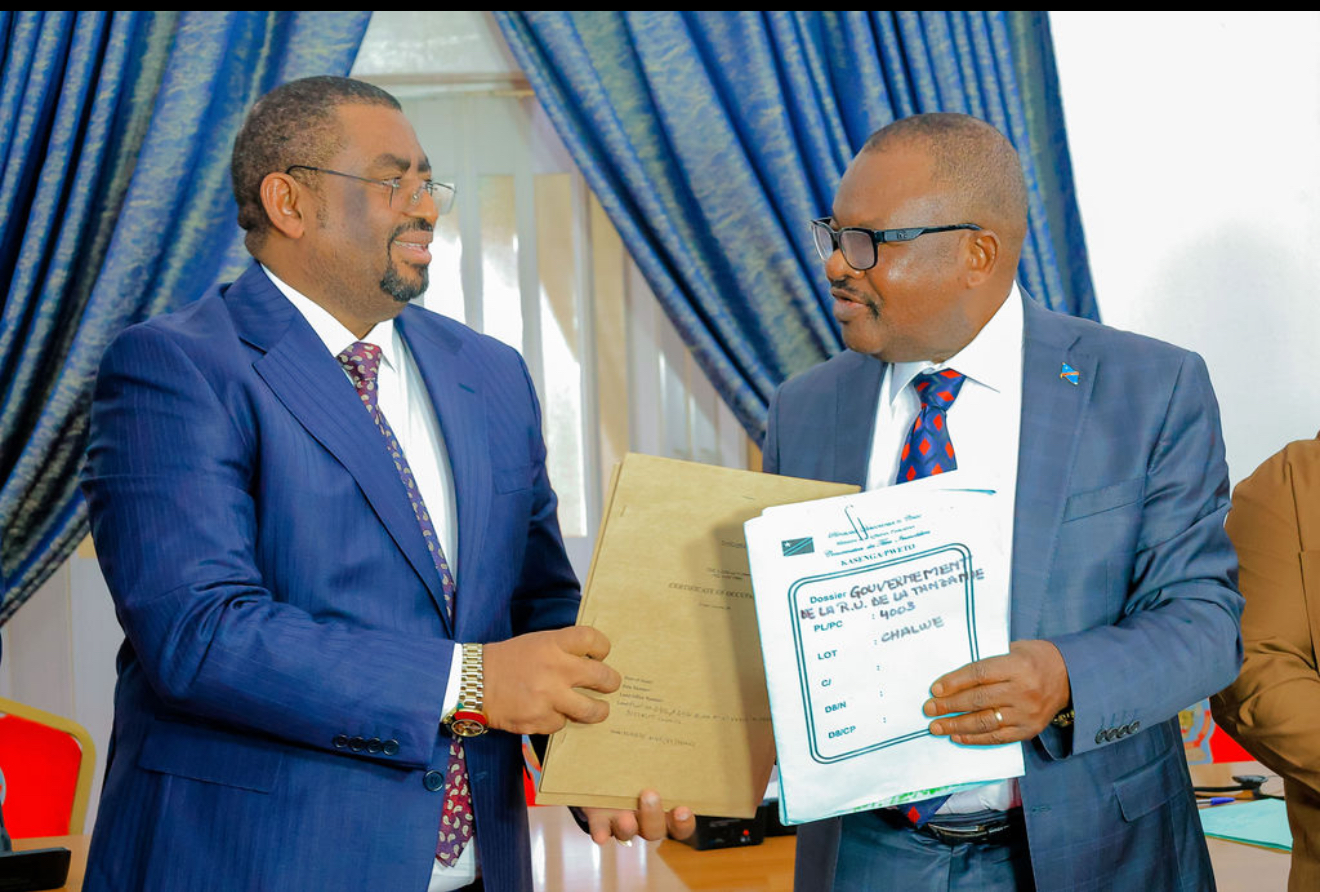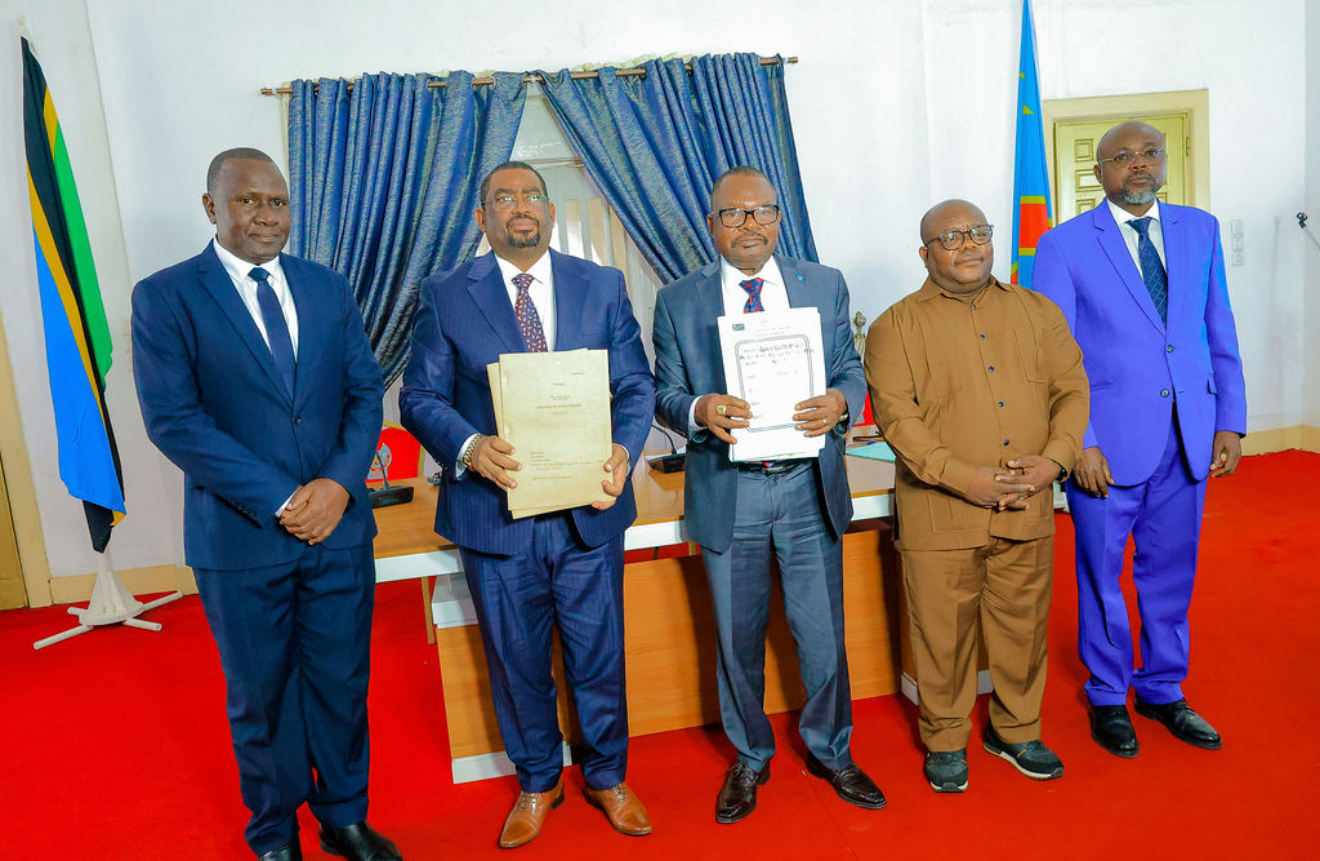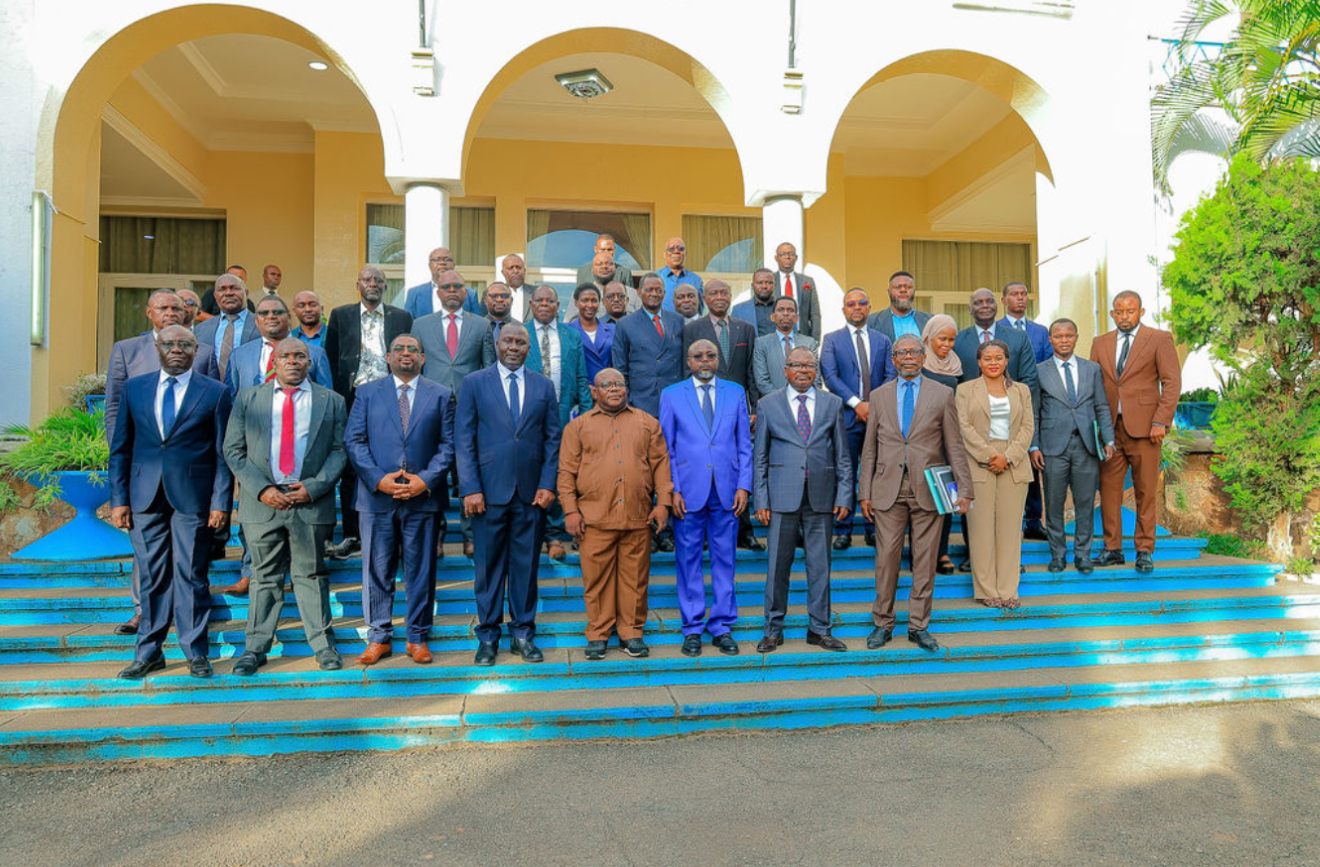From April 3rd to 5th, 2025, the city of Lubumbashi witnessed a series of high-level bilateral meetings between Tanzania 🇹🇿 and the Democratic Republic of the Congo (DRC) 🇨🇩 to review and assess the progress of the Transport Infrastructure Development Program. The initiative, which was conceptualized in 2022 under the coordination of the Central Corridor Transit Transport Facilitation Agency (CCTTFA), seeks to improve trade and connectivity between the two nations.
The Transport Infrastructure Development Program is a pivotal strategic effort designed to enhance trade flows, with a particular emphasis on critical sectors such as ports, roads, railways, and aviation. With significant strides made, the latest meetings highlight the tangible results achieved since the program’s inception.
Key Developments in the Ports and Maritime Sub-sector
One of the most notable achievements has been in the Ports and Maritime sub-sector, specifically across Lake Tanganyika. Tanzania and the DRC have made substantial progress in improving port infrastructure, a vital aspect for regional trade.
Some of the key developments include:
The ongoing construction of a new port in Kalemie, which will serve as a crucial hub for both cargo and passenger services.
The allocation of 60 hectares of land by both countries for the development of dry ports, which will enhance storage and logistics capabilities.
The rehabilitation and construction of vessels capable of handling dry cargo, liquid cargo, and passengers.
Significant upgrades to the Kigoma and Karema ports, which will improve their capacity and operational efficiency.
The establishment of a new shipyard/slipway in Kigoma, designed to accommodate vessels up to 5,000 tons, further boosting maritime capabilities on Lake Tanganyika.
Advancements in Road and Railway Infrastructure
Both countries have also made significant progress in the road and railway sectors, which are critical for facilitating the movement of goods and people. Major projects in the pipeline include:
The ongoing construction of the 468 km Kalemie–Nyunzu–Manono road, which will improve regional connectivity, reduce transportation costs, and facilitate trade across the region.
Investments in both Tanzania’s Standard Gauge Railway (SGR), Meter Gauge Railway (MGR), and TAZARA, alongside the Cape Gauge Railway from Lubumbashi to Kalemie in the DRC. These infrastructure improvements are expected to enhance cross-border trade and transportation efficiency between the two countries.
Enhancing Aviation Connectivity
In addition to maritime and land infrastructure improvements, the aviation sector has seen notable developments. New points of entry have been designated in both countries to facilitate easier movement for travelers and goods:
Kalemie and Goma in the DRC, and Mwanza and Dodoma in Tanzania, have been designated as new entry points.
Additionally, the launch of direct flights between Dar es Salaam and Kinshasa, facilitated by Air Tanzania (ATCL) (@AirTanzania), is scheduled to begin later this month, further strengthening air connectivity between the two nations.
Finalizing the Exchange of Title Deeds for Dry Ports
A key milestone achieved during the recent bilateral meetings was the finalization of the necessary documentation for the exchange of title deeds for the designated dry port areas in Kwala, Katosho, Kasumbalesa, and Kasenga. This will pave the way for the development of these crucial logistics hubs, fostering more efficient trade and transport between Tanzania and the DRC.
The bilateral meetings between Tanzania and the DRC in Lubumbashi underscored the commitment of both nations to enhancing their transport infrastructure, boosting trade, and fostering closer economic ties. With significant progress made in the maritime, road, railway, and aviation sectors, the Transport Infrastructure Development Program stands as a testament to the strong cooperation between the two countries. As these projects continue to progress, they promise to transform regional trade and contribute to sustainable economic growth across the Central Corridor region.



